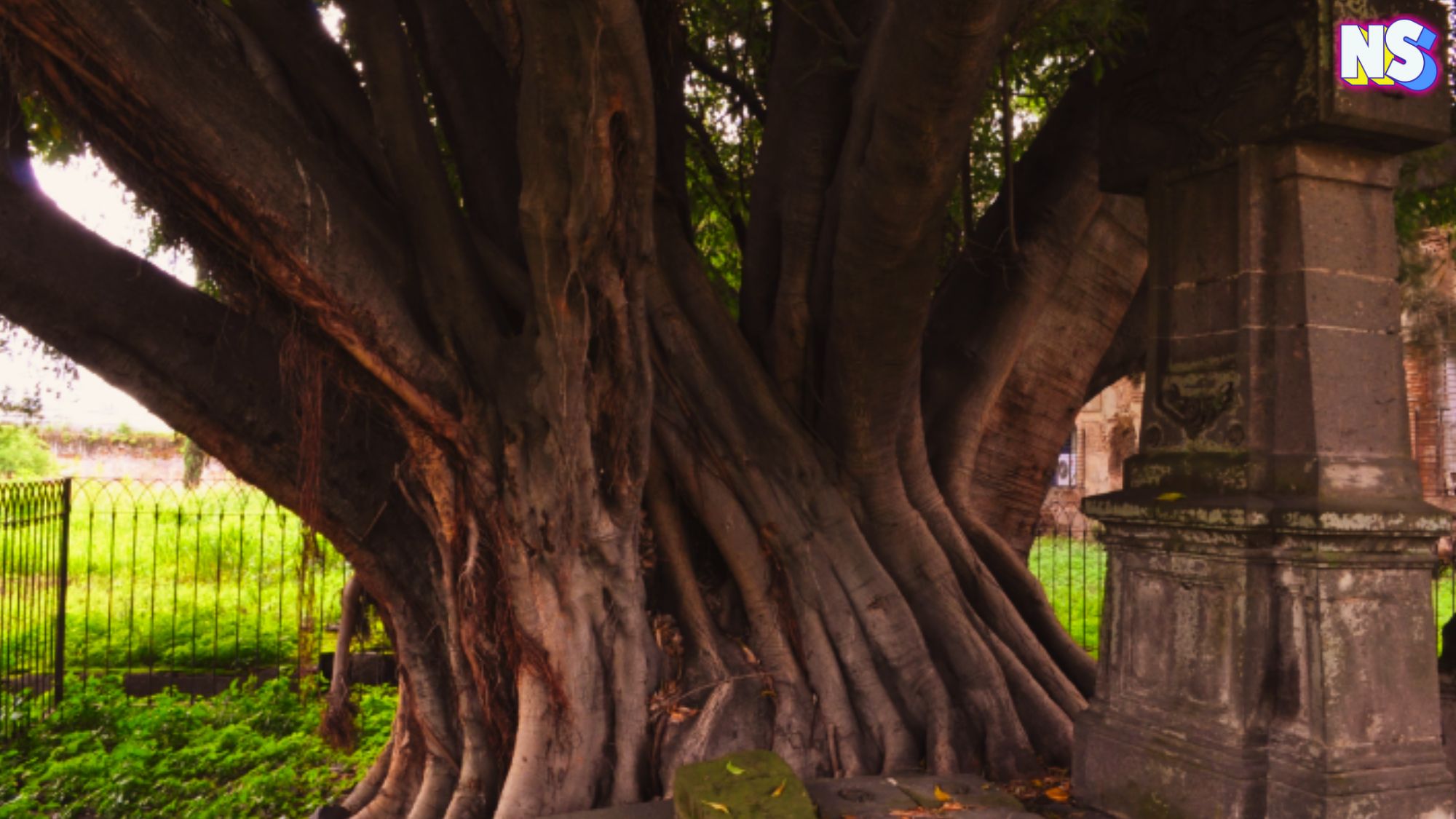Credit: Nuestro Stories
The Santa Fe Trail was a 900-mile route and it served as a common thread of international routes for 60 years. It influenced economies in the United States and even abroad, like London and Paris. The trail – extending from Missouri to Santa Fe, New Mexico – resulted in a cultural mosaic that enriched the Great Plains Indians.
Mexico Opens Up To International Trade
Before the Santa Fe Trail was established, the road was used by early Texas settlers who traded with the Indigenous peoples of the Plains Indians. It was only a matter of time before the trade route reached the Rio Grande, and approached Mexico, a Spanish colony at that time. However, Spain made it illegal to trade with Native Americans and anyone who did so would be arrested.
After a first failed attempt to free itself from the Spanish yoke in 1810, Mexico tried again in 1821, this time with success. After gaining independence, Mexico opened up to trade with Missouri, making the Santa Fe Route the economic force of its time.
Read more: Stamps Have Celebrated Hispanics Since the 1800s
William Becknell, a veteran trader who, after learning that the Mexican border was open, made his way from Missouri to Santa Fe in 1821. His first visit was a success and would begin to weave an international trade network; it extended beyond Missouri and New Mexico. These connections would reach New York, London, and Paris.
End Of The Trail
In 1846, the United States declared war on Mexico, and the Santa Fe Trail was used to invade New Mexico. The city of Santa Fe was taken without resistance. At the end of the war, the U.S. purchased the southern territories of Mexico, including New Mexico, California, and Arizona.
For many years, the trail served the Civil War as a supply route for the Union army, but it was also the route shared by immigrants during the Gold Rush.

However, the Union Pacific Railroad took over the West, leaving the Santa Fe Trail in oblivion. When the Santa Fe Railway Company train arrived at the Santa Fe Railroad depot in 1880, it left the Santa Fe route untouched.
Fun Facts:
- A road completion marker is located at the Plaza in Santa Fe.
- There is also a Santa Fe Trail marker in Coolidge, Kansas.
- Fort Union National Monument is part of the Santa Fe Trail.
- Santa Fe Trail remains the longest section of the trail and is located near Dodge City, Kansas; it is listed as a National Historic Landmark.
If You Go:
Due to its long length, there are many places to visit along the Santa Fe Trail. For example, The Arrow Rock Ferry Landing in Missouri, marks the end of the ferry that carried travelers across the Missouri River. In Kansas, you can visit the Coronado Quivira Museum which has a variety of artifacts from the era.
Location: Missouri, Kansas, Oklahoma, Texas, New Mexico, Colorado
Take a look for yourself here.
https://draft.nuestrostories.com//wp-content/uploads/2022/04/saac-Vallenilla-Nuestro-Stories-Writer-Image-218x300.png





